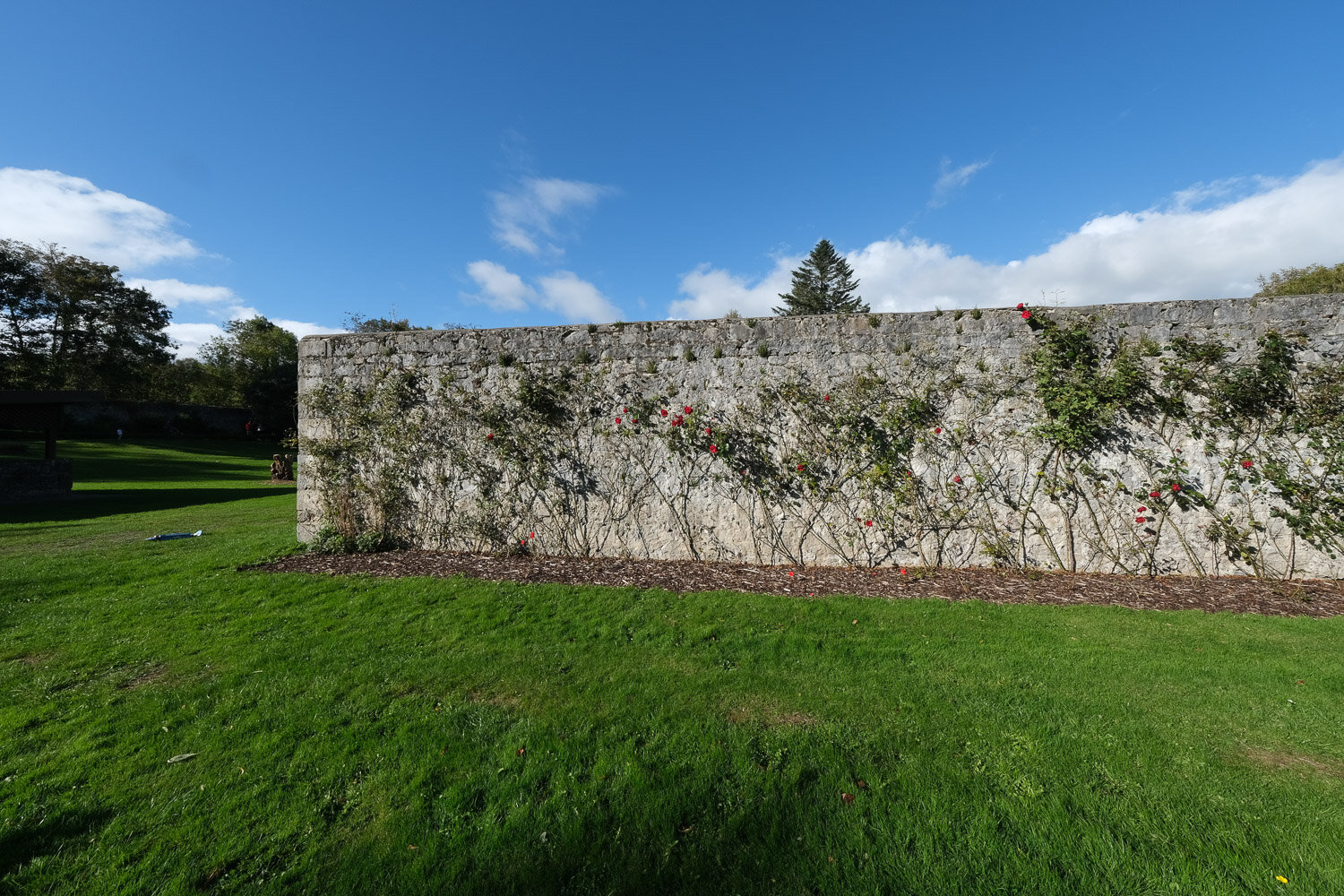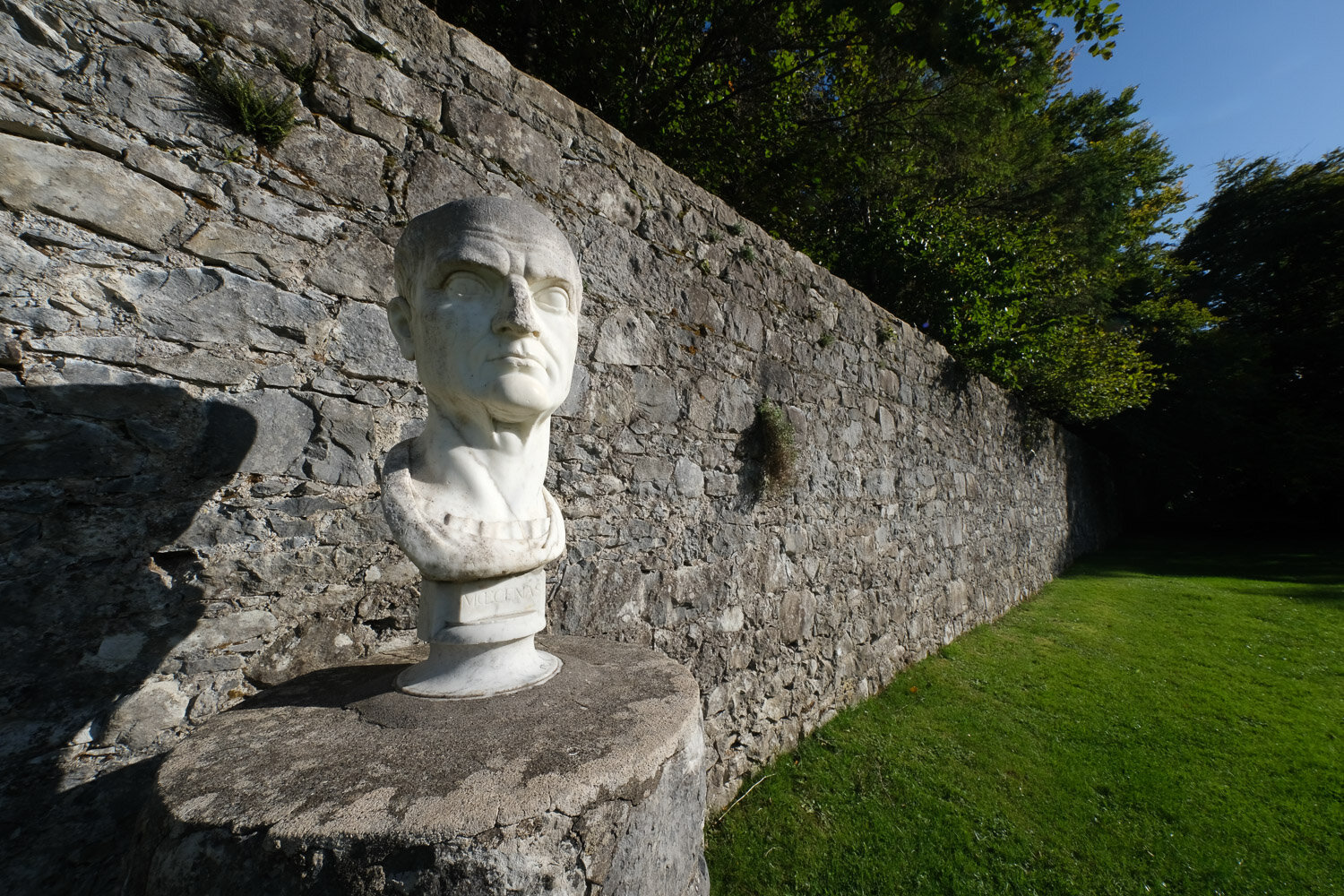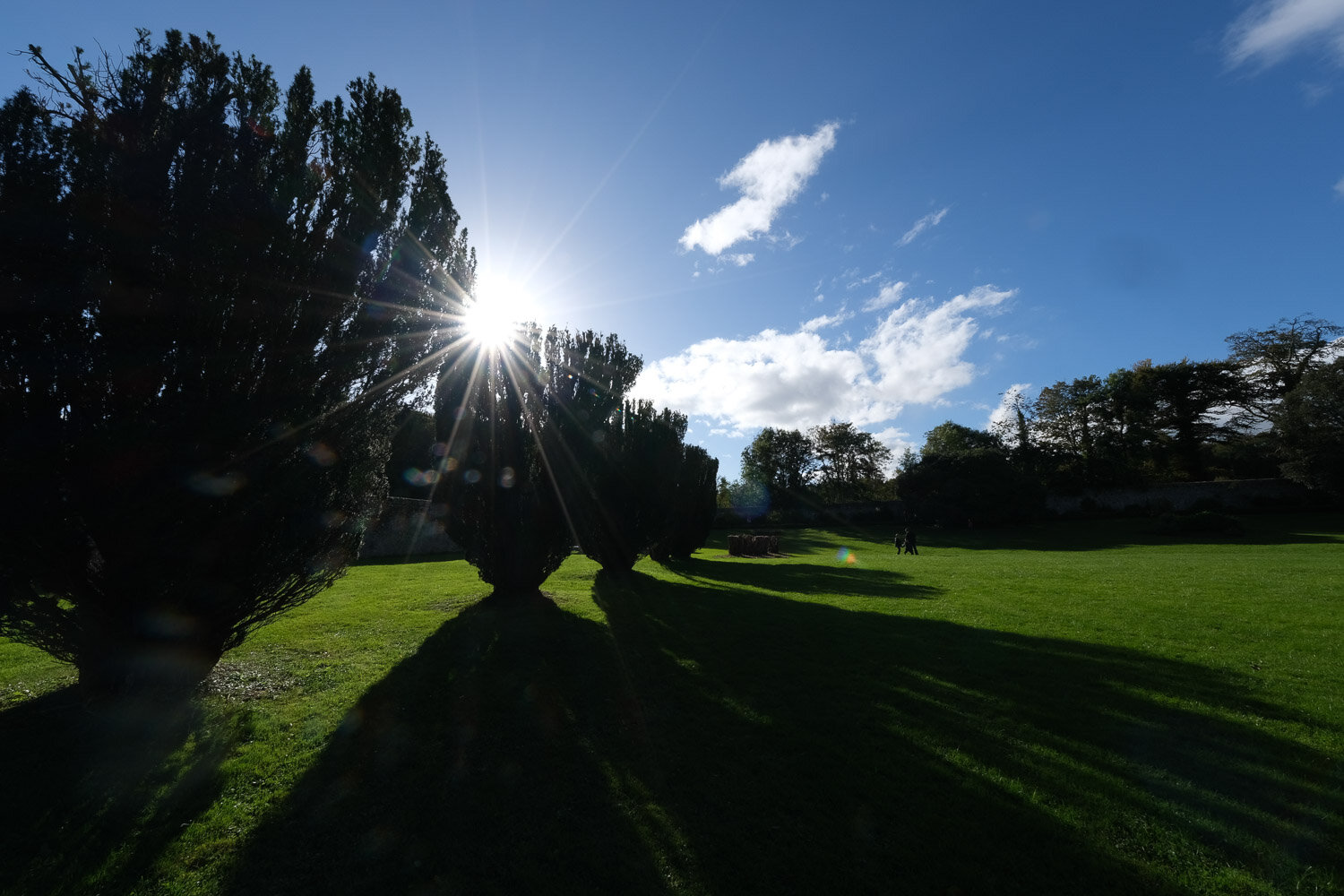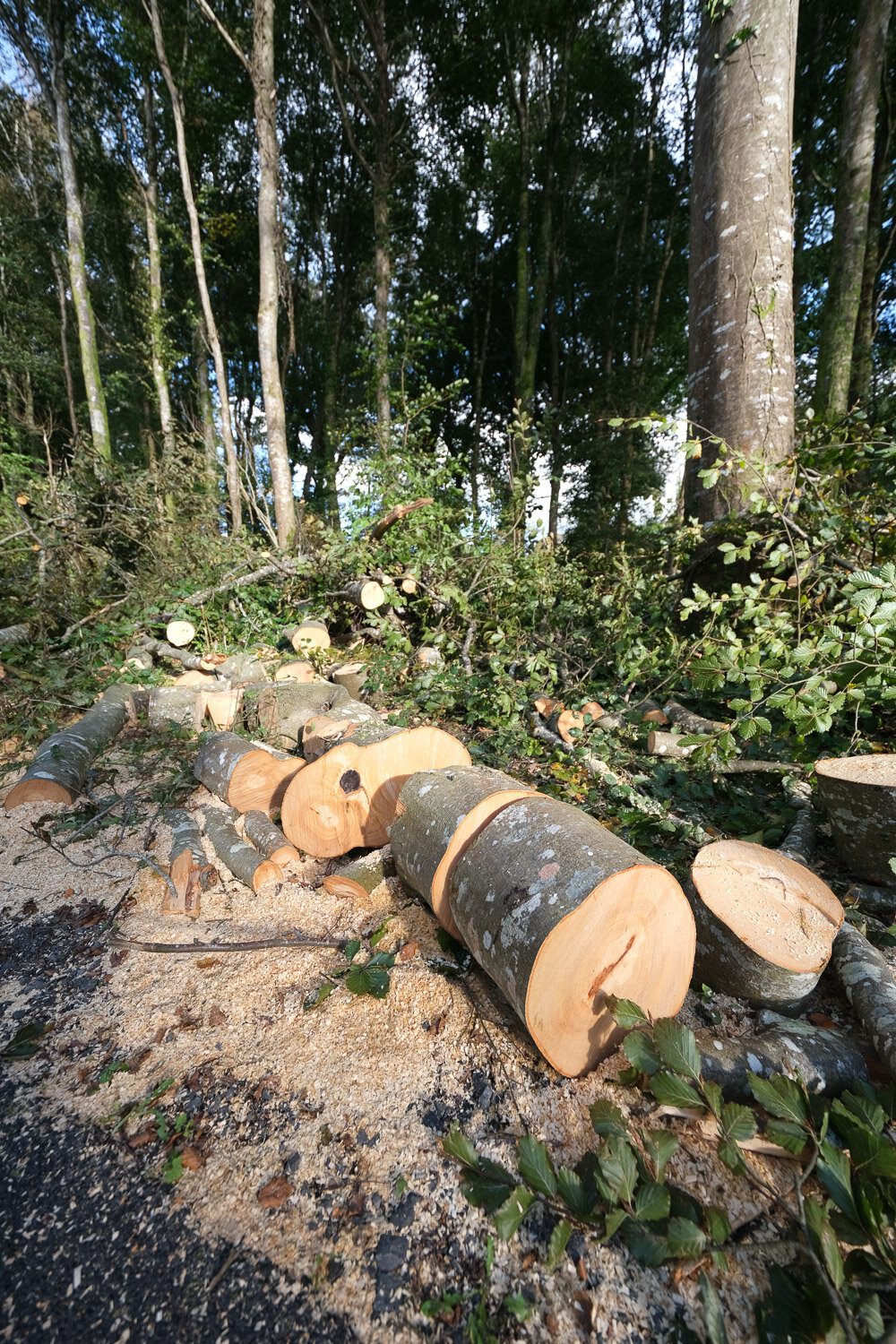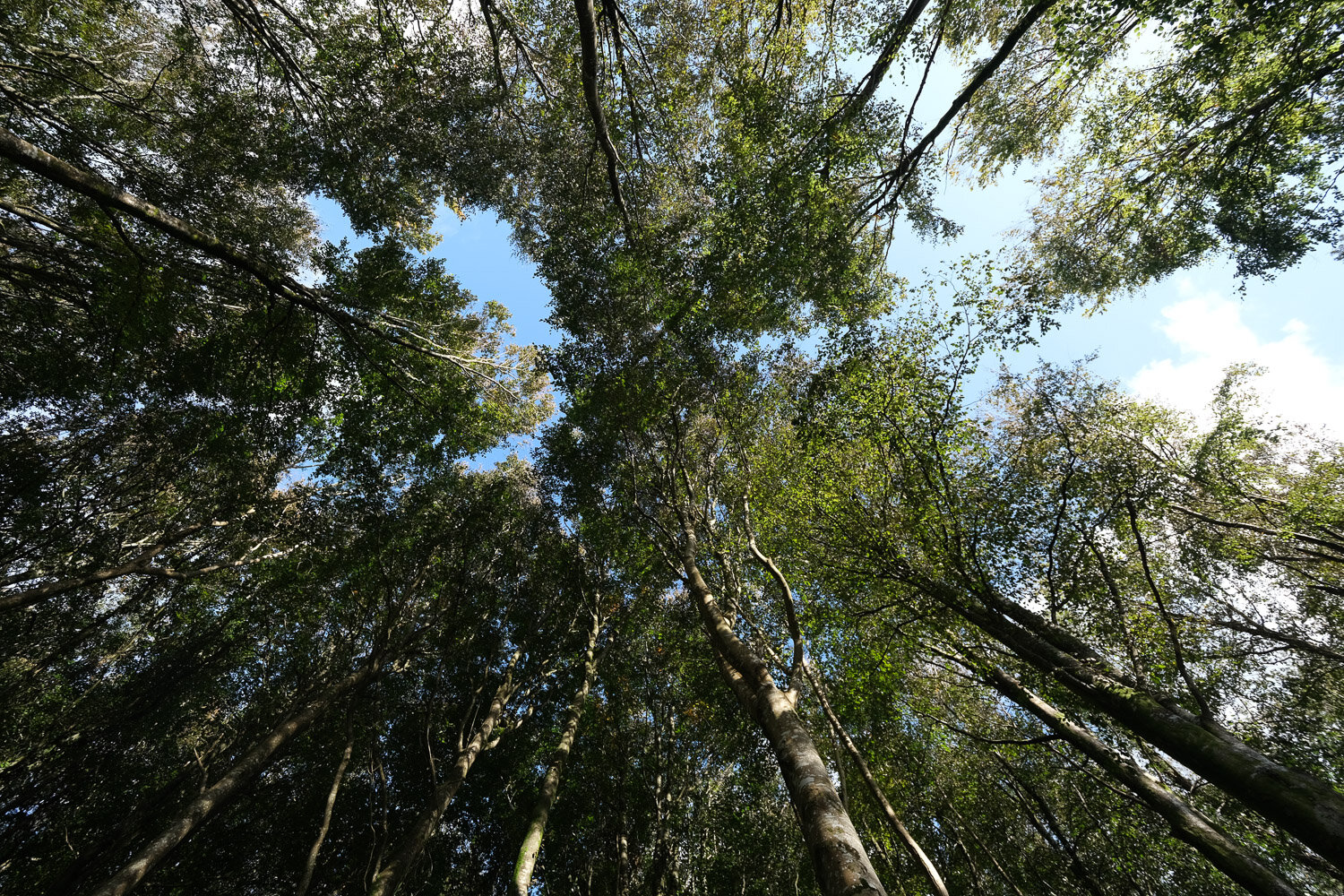The Fujifilm 8-16mm f2.8 Superwide
Beast. There's no other word to describe this lens. It's big, it's burly and it packs a punch. That's the TL;DR look, but there's much more than that.. keep reading.
A recent meeting led to the opportunity to borrow a pre-production Fujinon 8-16mm superwide lens from Fujifilm. As I wasn't planning on getting it, and was already quite busy, it meant really trying to squeeze in a variety of situations in which to try the lens. And, of course, to compare it to Fuji's other wide angle zoom, the 10-24mm f4. This isn't a trial by numbers thing. It's just me running around playing with the lens.
Alongside the 8-16mm, I also had the X-T3 for this time. As there's currently no Lightroom support, I shot Raw + JPEG, so a lot of what you'll see will be camera JPEG. I expect support in the next release of Lightroom, they're usually on the ball with this, rather than having magic foreknowledge.
First Impressions
This lens is huge. It dwarves the X-T3, but it feels good in the hand to hold. It's a reassuring weight, a heft that just reeks quality. 805 grams of heft (minus caps). Standing at 121mm high, it's significantly longer than the 10-24. Width wise, the lens hood on the 10-24mm makes the width not a lot smaller in the bag compared to the 8-16mm.
Taking off the cap reveals the bulbous front element and built-in lens hood. Obviously lenses of this kind don't have filter rings, but systems are available for similar ones, so I'd be hopeful that one would be forthcoming. Some may see this as a flaw, but none of the similar lenses in this range (the 12-24 full frame range) have a filter ring either. With HDR, it's not so much of an issue for landscapes, and the lens is too wide to use a polarizer effectively. Where it is an issue is with ND filters, especially the 10X+ varieties.
My first play with this lens was at a Fujifilm Touch and Try Day, so here's some snaps and thoughts from that. I popped out the door of the shop to shoot the street. Even at f4.5 most of the scene is pin sharp. It's beautifully wide and distortion free. I know the shot below suffers from my typical angled hold, but I'd rather you see the camera shot as is.
I jumped to f16 to test how the aperture blades responded to light, and to test flare. O.M.G. The sunstar from the 9 blades is just gorgeous, and I know it means that I'll get great evening light effects from it-more further down.Flare handles reasonably well. With the X-T3, I'm not seeing the purple circle I sometimes get with X-T2 and the 10-24mm with a light source in photo. That's a reassuring thing to me.
Out and about








After getting the lens to try myself, I went out to Salthill to shoot, to get some more sunstar effects. I did a few car trail sets. The plan is to combine these once I get raw processing to have a huge set of red and white streaks. Here's one of the individual shots, again straight from camera.The sunstar effect is just gorgeous.
Passing by a circus, I did a quick shot to catch more sunstars, again this is a straight from camera JPEG.
Next, I went for some night landscapes at Blackrock. Here I'm at ISO1600, f2.8, 15 secs at 8mm. I'd be able to extract far more detail from the raw. It's remarkably sharp for 2.8, and has huge depth of field considering it's at that aperture.
Culture Night was on, so I popped into a few events to get some shots. St Nicholas Cathedral had guides in costume, but as the interior was better suited to wide shots, I did that instead. The top of shot was almost overhead.
Next up was a trip into a gallery. And then home to shoot some product shots!
The Zoom
8-16 is only a 2X zoom. Not huge on the scale of things, but it's still pretty neat when you see a comparison shot like this:
8mm
16mm
Featuring the work of Shane O'Malley, who happens to be the partner of Julia Dunin, another Galway photographer.
Here's a few more from a rather dreary day.
And here's a typical use I would have for this lens: Exteriors. And it's great.
Late Night Party
I was mixing on the Saturday night, so I took a few band shots of The Harleys on stage in The Quays.
8-16 vs 10-24
Really the market for this lens is the same as the 10-24mm f4.0. So what are the differences? Straight off the bat the f4 vs f2.8 thing is obvious, but surely a fast aperture in a wide angle lens is moot if you're shooting landscapes-I mean isn't that what wide lenses are for? Well yes and no. Unfortunately the night I had this lens for was cloudy, so no chance to do any wide field astro photography was gone. The shots I did get are up above though.
Comparing the two Fujinon wide angle zooms.
Honestly I think this would be an amazing lens for astro, so hopefully I can get a chance to borrow this again to shot some star stuff. Last night would've been perfect, but it was already gone back!
So comparisons..
8-16 @10mm
10-24mm @10mm
And just in case you though that the 2mm between 8mm and 10mm isn't a lot, here's the same view at 8mm.
8-16 @10mm (9.7 actually)10-24mm @10mm
10-24mm f4.0 @ 10mm
And of course that 8mm view.
Coole
Here's a few shots from Coole Park before dropping the lens back.
Conclusion.
This is an amazing lens-well deserving the red XF Zoom badge. I could easily see one in my bag when the timing and finances match. It's $2000. That's double the 10-24mm. The speed, build quality and sharpness are amazing though. It's practically vignette free too, to go with the super low distortion-the result of 20 elements in 13 groups which includes 4 Aspherical elements, 3 ED elements & 3 super ED elements. It's almost silent in use too. Overall I'm smitten. Bulbous heads wills always be an issue for filter lovers, but this lens wins out in all regards from the short time I had with it.
I would use this as my interiors, landscape, astro and wide concert lens without any shadow of doubt and not feel like anything was being left out. Fuji aimed high with this lens, and hit the mark. I'd recommend this to any Fuji user over the 10-24 any day of the week.
Note: I am a Fuji X-Photographer. I don't get anything for that, except I get to borrow gear from time to time. Borrowing gear is a bad idea because I end up broke. Because I have to buy the gear. No freebies for Sean.































